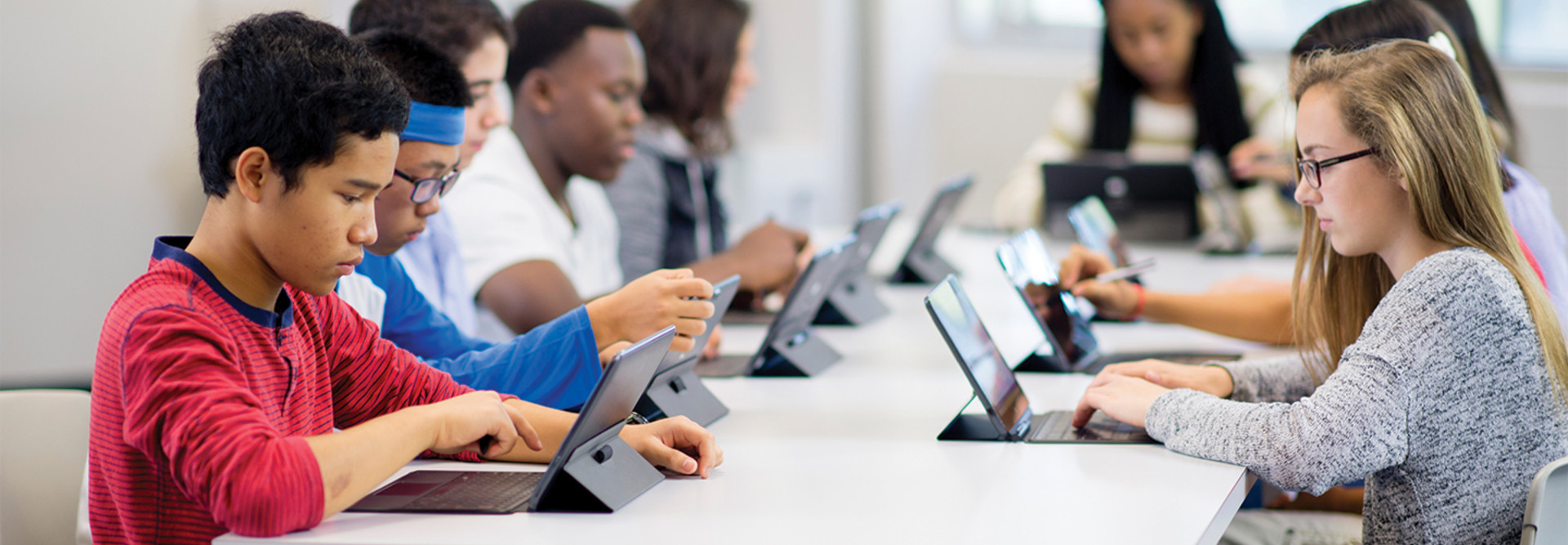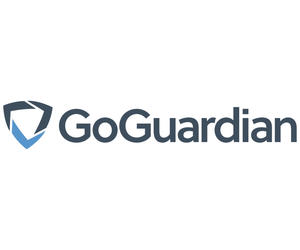This represents a net win not just for students but also for teachers and administrators as it frees them from the countless hours spent defining complex permissions and policies, making changes to lists of restricted websites and manually implementing in-line solutions. GoGuardian Admin takes less than five minutes to install on any device, any browser.
“You define the high-level policy around what you are trying to achieve and the filter does the rest for you,” Shaddix says.
Filtering is just one tool for keeping students safe in learning environments that increasingly integrate mobile devices and other digital learning tools. In 2018, U.S. demand for mobile devices in K–12 rose 10 percent, with sales topping 5.5 million. About half of U.S. schools operate a one-to-one computing program. While that trend represents a boon to instruction, the one-to-one classroom environment raises new challenges.
Administrators need tools to keep students safe from explicit or inappropriate content. They need a way to know what’s going on behind all those screens, a toolset to help keep kids on task. At the same time, the digital classroom opens up new opportunities for teachers to spot kids who may be struggling in their personal lives and to offer timely interventions.
But in the past, teachers have found that they are never fully able to lock down the internet. New sites fly under the radar, and it can be impossibly time-consuming to update the list of restricted sites. Moreover, site blocking robs students of some of the best attributes of the internet experience: that it is ever-changing, that new and better resources are constantly emerging.
Teachers also need tools beyond content filtering as they take a more holistic approach to instruction.
MORE ON EDTECH: Read about the tech that's helping improve student behavior.
Keeping Watch on Students’ Overall Well-being
Educators who are able to apply more effective controls over online content free themselves to make better and more frequent uses of the connectivity implicit in the one-to-one classroom. At a time when teen suicide and depression are increasingly at the fore, artificial intelligence can help teachers identify and intervene early when students are in trouble.
Students may express their darker thoughts and impulses online, but it usually happens in places that are not readily visible. “These troubling experiences are taking place in a very hidden space, in chats and anonymous searches,” Shaddix says.
When students use school devices to air those feelings, GoGuardian Beacon can send a warning. A starter version is free with GoGuardian Admin.
“Beacon was built with an eye toward giving educators and administrators the ability to immediately see when students might be in need of help and to respond to that need in a timely way,” Shaddix says. As in Admin, an AI engine performs the real-time assessment in order to red-flag online behaviors that may be indicative of emotional distress.
To further deepen the teacher-student engagement, GoGuardian Teacher lets the educator peer behind that wall of screens, to more closely monitor classroom activities. It enables them to see what students are working on and to offer corrections when kids go off task. Teachers can utilize productivity tools — for example by opening tabs for students to get them right to needed sites — and can also use the chat function to interact in real time.
All of this allows the classroom teacher to monitor and shape activities in ways that were not available even in the physical world of textbooks and worksheets. This higher level of engagement makes them more effective, saving an average of 7.5 minutes of instructional time in a 50-minute session. “That’s a 14-percent increase in instructional time that we are able to give back to teachers,” Shaddix says.
By applying intelligent controls to online activity, being on alert for students in distress, and making more effective use of classroom time, teachers can leverage the promise of the one-to-one environment. Digital connectivity becomes the means to richer engagements and ultimately a more rewarding classroom experience for all involved.
Brought to you by:











